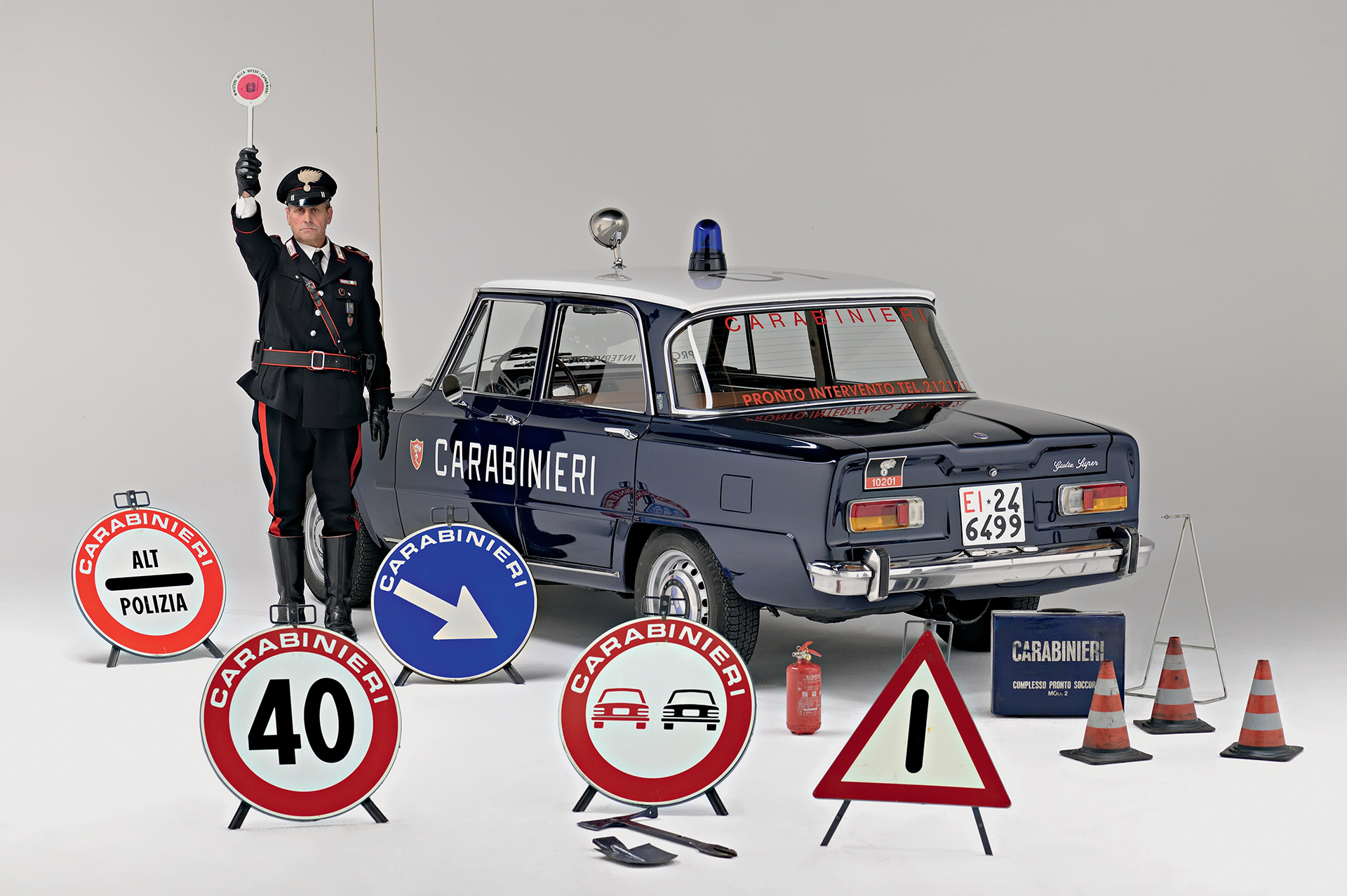Police Cars Extravaganza - Part 6: The Police of the Rising Sun
12 April 2025 4 min read 6 images

Photo credit: Autoart, GTR-Registry.com, Nissan, Wheelsage
In the mid-1970s, Japan introduced a national regulation requiring all vehicles sold domestically (JDM – Japanese Domestic Market) to be limited to a maximum speed of 112 mph (180 km/h) via a speed governor. In 1988, an additional gentlemen's agreement among members of the Japan Automobile Manufacturers Association (JAMA) imposed a power limit of 286 horsepower on all new cars sold.
Register to unlock this article
Signing up is free and gives you access to hundreds of articles and additional benefits. See what’s included in your free membership. See what's included in your free membership.
Already have an account? Log In


